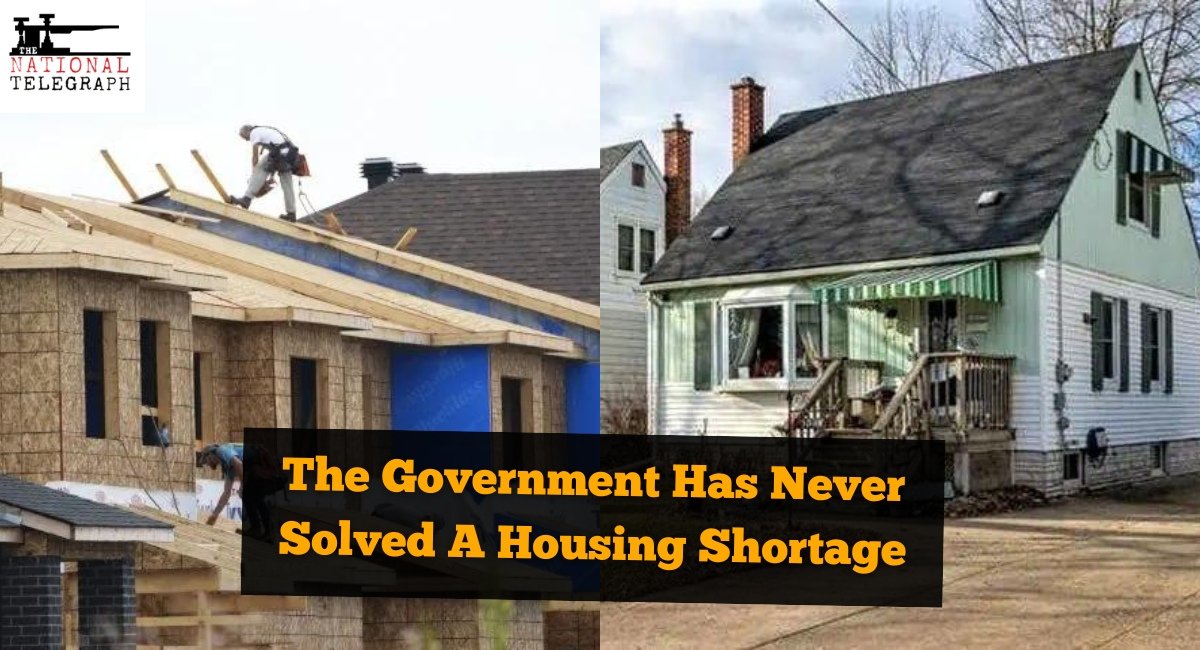Written By Drew Barnes, Posted on August 24, 2023

Canada is not just facing a looming housing crisis; we’re in the middle of one.
According to the Canada Mortgage and Housing Corporation, housing is considered affordable when if it costs less than 30 percent of a household’s pre-tax income.
As of this January, a homebuyer who purchases an average home faces monthly mortgage payments of more than $3,600. This means that the average household who buys today must spend 48.3 percent of their income on housing.
The problem is a lack of supply.
According to the CMHC, if the current rates of new construction continue, the national housing stock will increase by only 2.3 million by the end of the decade. To restore basic affordability, an additional 3.5 million units are needed.
If we’re going to solve this problem we need to understand how we got to this point, because the affordability crisis we face today is largely a self-inflicted state of affairs.
According to the CMHC, the last time housing was considered affordable across Canada was in 2003-04. To put that in perspective, that was the last time the Calgary Flames advanced to the Stanley Cup finals, 20 years ago.
Since then, various levels of government – especially municipalities – have been steadily increasing regulation over new developments. Through various means, governments sought to discourage urban sprawl by encouraging higher densities within established neighbourhoods. According to Statistics Canada data, a majority (54.2%) of the growth in Canada’s housing stock between 2016 and 2021 occurred in existing neighbourhoods, rather than on undeveloped land.
These intensification efforts, while lauded by politicians and environmental sustainability experts, in no way kept up with population growth and immigration. Nor did they reflect consumer demand for single-family homes. During the intensification-heavy 2010s, the construction of single-detached, semi-detached, and row housing units fell to its lowest since the 1960s, when Canada’s population was less than two-thirds of current levels.
With supply cratering and demand soaring, prices followed suit. Canada-wide, home prices were 28 percent higher in February 2023 than in March 2020. This includes a 31 percent rise in the price for single-family homes, vs. a 17 percent increase in prices for apartments.
There is no question that government regulation is playing a key role in this unaffordability crisis. The two most expensive markets in Canada, Greater Toronto and Greater Vancouver, have the highest levels of land use regulation, not to mention the longest delays and highest fees for permits.
As Conservative Party of Canada leader Pierre Poilievre has noted, the price of a new home in Vancouver is more than $600,000 high to cover the cost of government permits, zoning fees, and other bureaucratic costs. In response, the CPC is promising financial penalties for cities that do not make real efforts to encourage new housing construction.
While this may prove helpful in time, the truth is that housing affordability is primarily a municipal issue. Municipalities need to stop interfering in the free market today – right now – and let Canada’s builders and developers do what they do best.
The past 20 years have shown us that intensification efforts alone will not solve the housing affordability crisis in Canada. We need to build new homes, and we need to build the kind of homes that families actually want to purchase.
The realm of affordable home ownership should not be effectively reserved for dual, high-income families. It should be available for young people, working-class folks, and those who have recently arrived in our communities.
There is no question that the free market system provides us with the most efficient way to ensure supply meets demand. It’s time to demand that municipalities take a step back and let the free market work.
Very well presented. Every quote was awesome and thanks for sharing the content. Keep sharing and keep motivating others.